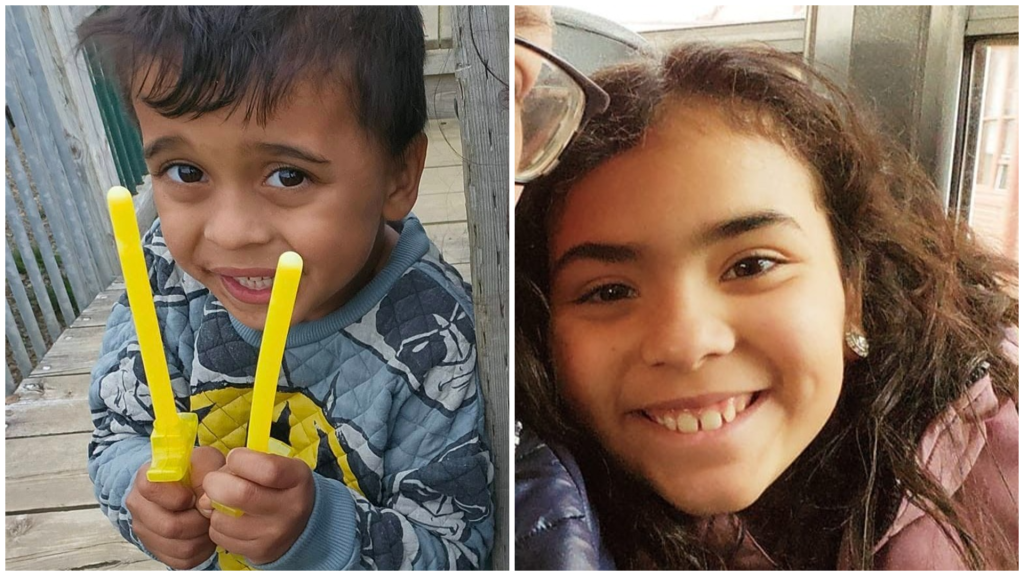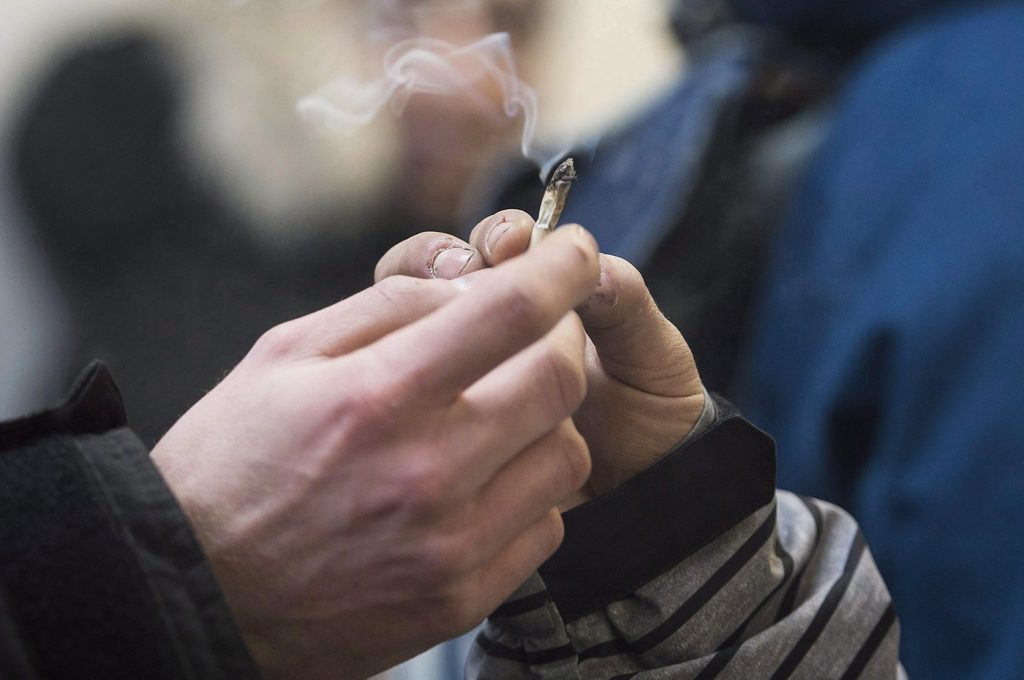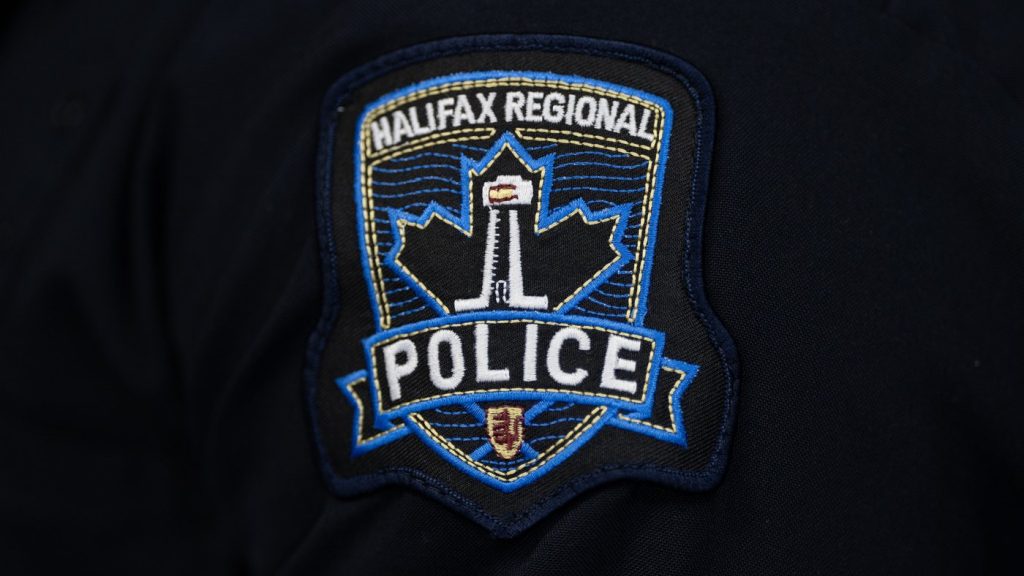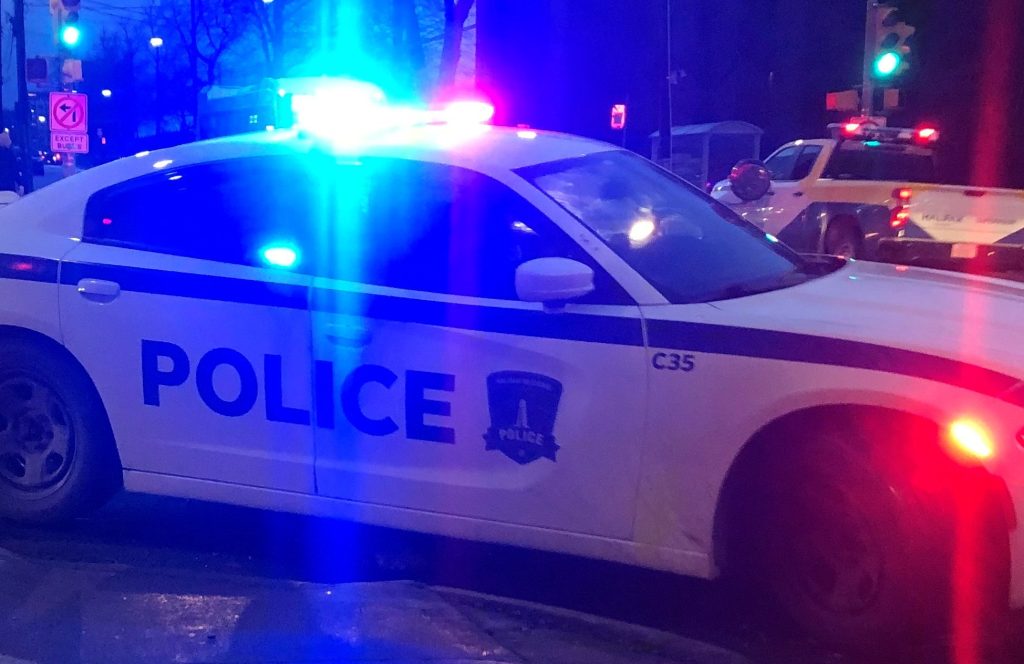Adoption fraud separated generations of South Korean children from their families, AP finds

Posted Sep 19, 2024 01:30:08 AM.
Last Updated Sep 19, 2024 01:31:28 AM.
SEOUL, South Korea (AP) — South Korea’s government, Western countries and adoption agencies worked in tandem to supply some 200,000 Korean children to parents overseas, despite years of evidence they were being procured through questionable or downright unscrupulous means, an investigation led by The Associated Press has found.
Those children grew up and searched for their roots — and some realized they are not who they were told. Their stories have sparked a reckoning that is rocking the international adoption industry.
The investigation, in collaboration with Frontline (PBS), was based on interviews with more than 80 adoptees in the U.S., Australia and six European countries, along with parents, agency employees, humanitarian workers and government officials. It also drew on more than 100 information requests and thousands of pages of documents — including many never publicly seen before and some the AP got declassified.
In dozens of cases AP examined, it found: Children were kidnapped off the streets. Parents claim they were told their newborns were dead or very sick, only to have them shipped away. Documents were fabricated, leading adoptees to anguished later reunions with supposed parents — only to discover they were not related at all.
Government officials declined to answer questions about its past, saying it will let a fact-finding commission finish its work. But in a written statement, the Health Ministry acknowledged that skyrocketing adoptions in the 1970s-80s were possibly driven by an intent to reduce welfare spending.
The adoption agencies declined to comment on specific cases, but have long defended their practices as a way to search for foreign families for vulnerable children.
Here are further findings:
Desperate to reduce spending, South Korea targeted its weakest citizens
Korea’s adoption program grew out of the wreckage of the 1950-53 Korean War, when Americans took in the unwanted biracial children of Korean women and Western soldiers. It expanded to include the children of unwed mothers and poor families. Korea relied on private adoption agencies as its social safety net, bringing millions of dollars into the economy.
Korean officials fit their laws to match American ones to make children adoptable in the West, where access to birth control and abortion had caused the domestic supply of adoptable babies to plummet. The government endorsed “proxy adoptions” for families to adopt children quickly without ever visiting Korea. Korea also rewrote its laws to remove minimal safeguards or judicial oversight.
Concerns were raised early. In a 1966 internal memo obtained by AP, International Social Service, a Geneva-based organization, wrote that it suspected the Korean government assessed agencies not by child welfare standards, but by the money they brought in. Korean officials were aware that lost children were documented as abandoned; the origins of alleged orphans weren’t verified; and some were “disguised” by agencies as being born from unwed mothers to make them adoptable, according to records seen by AP. In the early 1980s, the government itself likened the agencies’ child-hunting practices to “trafficking.”
Workers warned that adoption agencies were aggressively hunting for children
Former adoption workers told AP that agencies paid to have every corner of the country scoured for children. One worker, employed at an agency from 1979 to 1984, said the agencies had no process to verify the backgrounds of children and invested “zero effort” in confirming the child was orphaned.
Private counseling records in a 1988 document prepared by the country’s largest adoption agency, Holt Children’s Services, show that some parents who relinquished their children soon pleaded for them back, with no success. The document, obtained by AP, describes how agency’s workers told parents that their children would thrive in good Western families and may return home someday rich or “with Ph.Ds.”
Humanitarian workers openly worried about what they were seeing. Francis Carlin, who then ran Korea’s Catholic Relief Services, said there weren’t enough legitimate orphans to feed Western demand, which led to “a lot of the compromises, a lot of the hanky panky” involving larger agencies.
“These, I would call them brokers, were going out and trying to get more and more children,” Carlin said. “They would put the legitimate parent on a guilt trip and say, what are you doing? You can’t afford to take care of this child…. You’re so selfish.”
Children were stolen from parents, bought from hospitals and falsely described as abandoned
By the 1980s, agencies were procuring most of their children directly from hospitals and maternity homes, which often received illegal payments for babies, according to records seen by AP. Though the stated intention of adoption was to spare children from orphanages, they gathered more than 4,600 children from hospitals in 1988, 60% of their supply.
A government audit in 1989 shows that Holt Children’s Services, the biggest agency, made nearly 100 illegal payments to hospitals during six months in 1988, worth about $16,000 now. Eastern Social Welfare Society gave even more, worth about $65,340, to hospitals over that period.
Despite the agencies’ common practice of labeling children as “abandoned,” records from 1980 to 1987 show that more than 90% of the Korean children sent to the West almost certainly had known relatives, said Philsik Shin, a scholar at Korea’s Anyang University. It was “almost customary” to document children as abandoned, said Helen Noh, who matched hundreds of children with U.S. parents at Holt from 1981 to 1982.
As complaints mount, South Korea is under pressure
Robyn Joy Park, who was adopted by parents in Minnesota in 1982, traveled to South Korea in 2007 to meet a woman her agency, Eastern, said was her biological mother. She developed a deep bond with the woman over several years, but was devastated after a DNA test in 2012 showed they weren’t related.
The AP spoke to 10 others who found their identity was switched with someone else. When children processed for adoption died, became too sick to travel or were found by their biological families, agencies often replaced them with other children, according to former adoption workers. At a meeting with an adoptee in 2021 where AP was present, a longtime worker said Western partner agencies were willing to take “any child of the same sex and similar age, because it would take too much time to start over again.”
Park is among more than 360 adoptees who have asked South Korea’s Truth and Reconciliation Commission to investigate the circumstances surrounding their adoptions.
Nobody knows how many Korean adoptions were questionable or even fraudulent, in part because of the privacy and sensitivities involved along with the vagueness and unreliability of the documents. Advocates say many adoptions have happy endings.
Kim Tong-hyung And Claire Galofaro, The Associated Press








